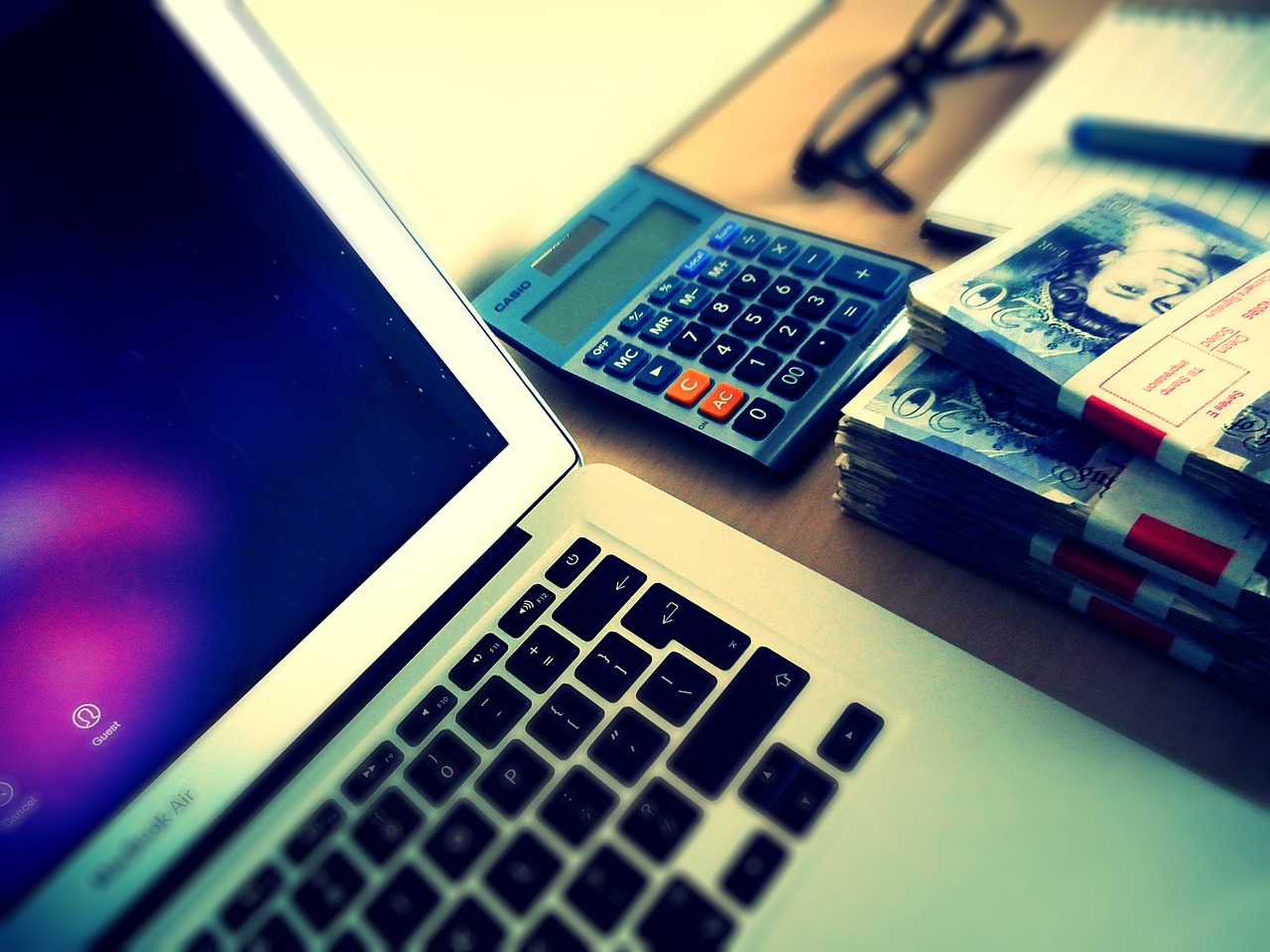Mastering IBAN Transfers: Verification, Cancellation, and Rectification Tips for Secure and Accurate Money Movements
GPT_Global - 2025-07-12 00:30:01.0 27
How can I verify the recipient’s IBAN before making a transfer?
When making a transfer, it's crucial to verify the recipient's IBAN (International Bank Account Number) to ensure the money reaches the intended destination safely. An incorrect IBAN can lead to delays, or even lost funds. To conveniently verify an IBAN before transferring money, consider the following steps:
First, you can use an online IBAN checker tool. Many remittance businesses and banks offer this service on their websites, allowing you to quickly validate the authenticity of the IBAN by inputting the number and receiving immediate confirmation about its legitimacy.
Another method is to contact the recipient’s bank directly. By providing the IBAN, the bank can confirm whether it is correct and linked to the intended account holder. This provides an extra layer of security to the verification process.
Finally, double-check with the recipient themselves. Confirming the IBAN directly with the person or business you're sending money to can help avoid any potential errors in transcription or communication. This simple step can save time and money by preventing unnecessary complications during the transfer process.
By taking the necessary precautions to verify an IBAN, you can ensure smoother and more secure international transactions for your remittance needs.

What should I check on my bank statement regarding an IBAN transfer?
When it comes to IBAN (International Bank Account Number) transfers, it's important to thoroughly check your bank statement to ensure the transaction was completed successfully. Here are a few key elements to look for: 1. Sender and Recipient Details: Verify the names and account numbers of both the sender and the recipient are correct. This will help confirm the funds were transferred to the intended account. 2. Transaction Date: The date on which the transfer was initiated should be clearly stated. This will help you keep track of when the funds were debited from your account. 3. Amount Transferred: Double-check the amount that was sent matches the amount you intended to transfer. This is crucial to ensure the correct sum was transferred without any discrepancies. 4. Transaction Fees: Be aware of any fees that were charged for the IBAN transfer. These should be explicitly listed on your statement. Knowing the fees will help you understand the total cost of the transaction. 5. Reference Number: Every IBAN transfer comes with a unique reference number. Make sure this number is noted in case there are any issues with the transfer, as it will be essential for tracking and verifying the transaction. By carefully reviewing these details on your bank statement, you can have peace of mind knowing your IBAN transfer was processed correctly and efficiently.Can I cancel a money transfer if I used the wrong IBAN?
When making an international money transfer, using the correct IBAN (International Bank Account Number) is crucial to ensure the funds reach the intended recipient. However, mistakes can happen, and you may find yourself in a situation where you've entered the wrong IBAN. If you find yourself in this predicament, you might wonder if it's possible to cancel the transfer. Fortunately, in most cases, you can cancel a money transfer if you've used the wrong IBAN. The first step is to contact your remittance service provider immediately. They will guide you through the cancellation process, which typically involves providing proof of the mistake and requesting a reversal of the transaction. The sooner you act, the higher the likelihood of successfully canceling the transfer before the funds are processed. It's important to keep in mind that different remittance companies may have varying policies regarding cancellations. Some may charge a fee, while others may have specific timeframes within which you must request the cancellation. Additionally, the process may be more complex if the funds have already been credited to the wrong account. In such cases, additional steps may be required to retrieve the funds. To avoid such complications, always double-check the IBAN and other recipient details before confirming a money transfer.What is the difference between IBAN and SWIFT codes in money transfers?
When it comes to international money transfers, understanding the difference between IBAN and SWIFT codes is crucial. The International Bank Account Number (IBAN) is used to identify an individual account in the international banking environment. It is a standardized format of up to 34 alphanumeric characters, which includes a country code, check digits, bank code, and account number. IBAN facilitates the automation of cross-border payment transaction processing and reduces errors. On the other hand, the Society for Worldwide Interbank Financial Telecommunication (SWIFT) code, also known as BIC (Bank Identifier Code), is used to identify a specific bank during an international transaction. It is an 8 or 11-character code that consists of bank code, country code, location code, and optional branch code. SWIFT codes are essential for ensuring that the money is transferred to the correct bank during international wire transfers. Both IBAN and SWIFT codes play a vital role in the security and efficiency of international money transfers. By using these codes, remittance businesses can facilitate seamless cross-border transactions, reducing the risk of errors and delays. It's important for customers to provide accurate IBAN and SWIFT codes to ensure successful transfers to the intended recipient’s bank account.How can I rectify a mistake made during an IBAN money transfer?
Making a mistake during an IBAN money transfer can be stressful, but it's important to act quickly to rectify the error. First, contact your bank or remittance service provider immediately. Provide them with the transaction details, including the incorrect IBAN number and the correct information. They may be able to stop or reverse the transaction if it hasn't been processed yet.
If the funds have already been transferred, the recipient's bank may need to be involved. Your bank can help facilitate communication between you and the recipient's bank to retrieve the funds. It's crucial to provide all necessary documentation and transaction details to expedite the resolution process.
To prevent future errors, double-check all information before confirming a transaction. Consider using services that offer confirmation features, such as verifying the recipient's name and bank details, before finalizing the transfer. Staying vigilant and using the proper tools can help ensure a smooth and error-free remittance experience.
About Panda Remit
Panda Remit is committed to providing global users with more convenient, safe, reliable, and affordable online cross-border remittance services。
International remittance services from more than 30 countries/regions around the world are now available: including Japan, Hong Kong, Europe, the United States, Australia, and other markets, and are recognized and trusted by millions of users around the world.
Visit Panda Remit Official Website or Download PandaRemit App, to learn more about remittance info.



